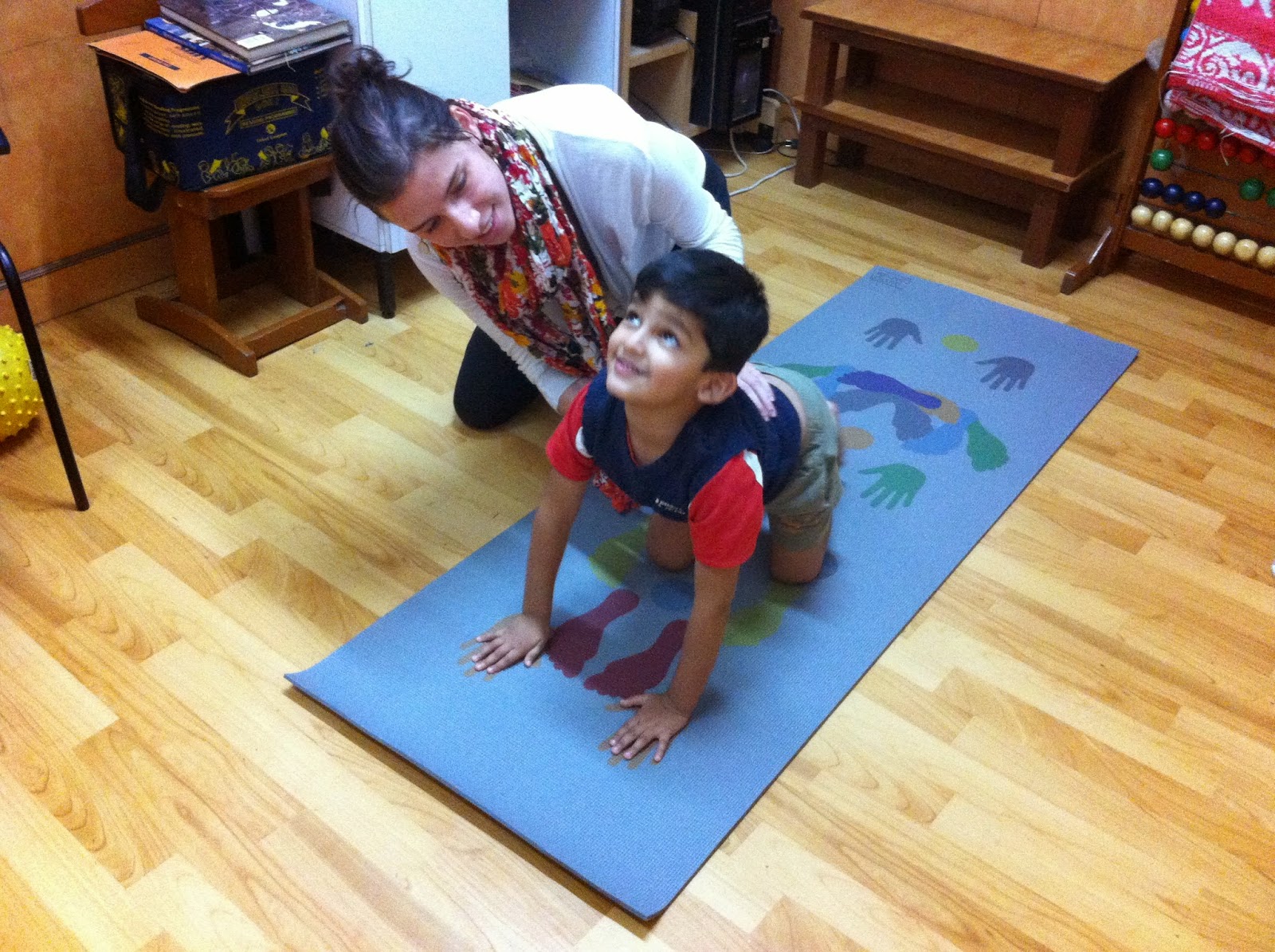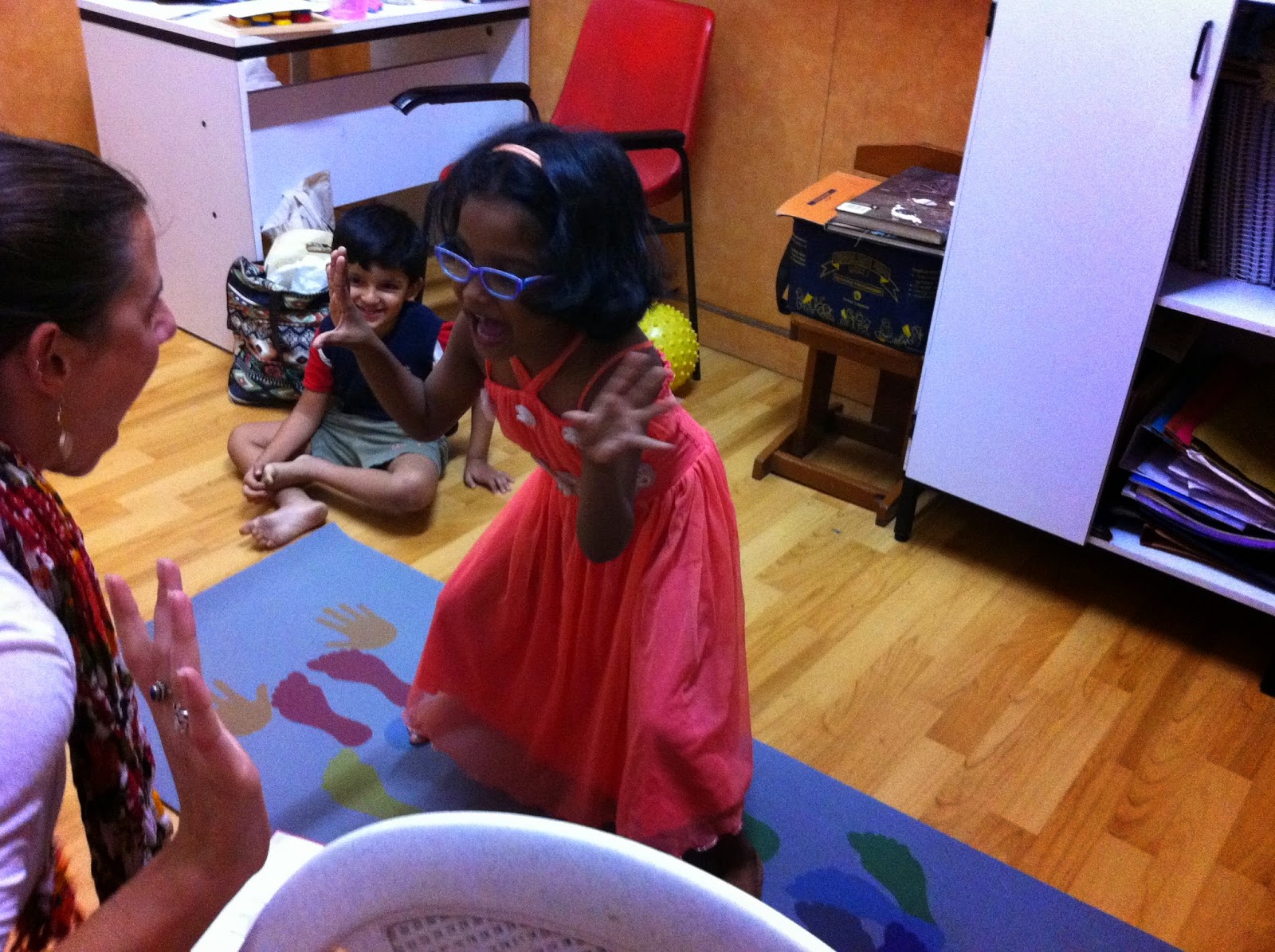As a former classroom teacher, the days leading up to a holiday looked and felt chaotic both inside and outside of the classroom. This all changed when I began practicing mindfulness - because what one practices in their own life pours into the lives of those they touch (like it or not).
As a teacher, I knew that schedules worked because I saw the proof of them within the flow of every school day. My schedules helped children stay calm in their minds and bodies because they knew what was coming and they believed at their core that I would protect
them by protecting their schedules. Earlier on in my teaching career (pre-mindfulness), the classroom schedule, just like the schedule in my own life flew out the window the days leading up to a major holiday (holidays that close school for many days). Such times are considered bitter or sweet for parents and children depending on personal situations.
As a gift, I am offering you
8 mindful scheduling steps. This gift is an invitation for you to take a close look at the routines that currently work and to protect them as if your life and the lives of those you lead depend on it (because they do!). After becoming clear, you will say
yes to events that support your routines and
no to invitations that will strongly disrupt your 'peace' of mind. Please know that I am not suggesting you abandon flexibility this holiday season. If you love staying up extra late on Christmas Eve with relatives enjoying traditions - go for it!
These steps will guide you to find a balance between a healthy routine and holiday flexibility.
1. Call a meeting.
Sit down with the other adults who help run the ship. Have a calendar with you and bring to the table any activities that are coming into the major holiday (school holiday shows, late nights at Grandma's house, your best friend's Christmas party, parent teacher conferences, holiday shopping/gift making and anything else that looks different from the daily grind.
2. Just say no!
Decide which events are a must and which ones you can decline with love. Ask yourselves, will this activity add value or deplete energy?
3. Put it in writing.
Put the schedule up for everyone to see and make it reader friendly for everyone (some need pictures and some prefer words). Inviting everyone to help create the schedule is extremely helpful as it allows the creators to own it!
4. Mix it up (a little)!
If you are planning to add novel activities to your holiday routines, simply keep/add familiar structure around them. For example, if you are watching a movie in the classroom on the day before break (Yup, guilty!) or playing movies at home to wrap presents (Guilty again!), prepare children ahead of time that this is happening and let them know as many details as possible (the movie, how long it is, what they will miss etc.). Then let the children know the parts of the schedule that will remain the same.
As much as we think children want to skip academic subjects all together on a movie day or daily household chores, studies have proven that sticking to the routine (even math and making one's bed) keeps their inner world feeling calm and safe.
5. Check, check and double check.
On the day leading up to a change in the routine, keep things business as usual. This is code for be prepared. If you are bringing something to Uncle Tommy's home for dinner that evening, plan it out ahead of time so that the whole day leading up to the night out doesn't feel like
the holidays. I was super prepared one Thanksgiving when I woke up thinking grocery shopping was possible
on Thanksgiving. Yup, that happened.
6. Oops! There's been a change!
Nobody likes surprises but we all know that they are a part of life (like when my oldest came down with the stomach bug 24 hours before Turkey Day). If a change in the schedule happens, review the change and give as much warning time as possible before the transition takes place. Oops! We are having saltines and ginger ale for dinner!
7. Food glorious food!
Stick to your eating routines to avoid anyone getting 'hangry' (hungry + angry). Avoid adding sugar. If you don't offer your children or your students sugary treats everyday, please do not trick yourself into thinking that this tradition will make your holiday more special. If you don't believe me, just back track to Halloween and the days following it. Protecting your schedule also means protecting your nutrition.
8. Good Night Moon!
Something I hear often when my children are up very late from people who do not live with them is, "Your children are going to sleep great tonight!" The idea that children who stay up past their bedtime will get a good night's rest and even possibly sleep in the next morning has been scientifically proven to be false. People who go to bed past their bedtime disrupt their natural sleep cycle and nine times out of ten will wake up at the their regularly scheduled wake time or earlier and be foggy the next day. So if you are keeping the kids up, set everyone up for success by having a quiet day following an all niter :-)
I hope these ideas help your holidays feel like the most wonderful time of the year!
Please share in the comments any great ideas you have.
Wishing you all a peaceful holiday filled with joy, rest and yoga!
Namaste,
Elizabeth
Elizabeth Goranson is the President of Stretch What Matters, LLC. Known for her humor, enthusiasm and passion for her work, Elizabeth leads captivating workshops and trainings on yoga and mindfulness for children with special needs. Her primary focus is teaching educators and parents to use yoga as a vehicle for teaching body and mind awareness, self-regulation skills, and social thinking skills. The company’s patented visual yoga system is a critical success factor for Stretch What Matters™ program participants.
Stretch What Matters™, LLC mission is to enhance the quality of life, both mentally and physically, for all individuals regardless of age, ability or special needs through yoga.














